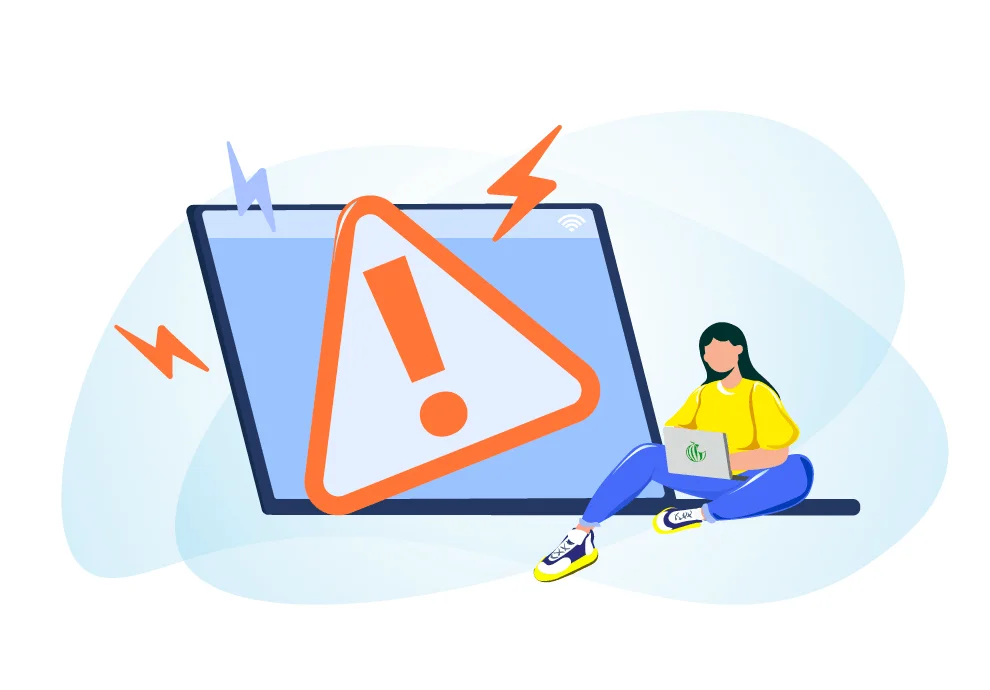1. Follow the schedule when posting Stories
Let’s start with the first misperception that goes: ‘Upload Stories in the morning and evening so that your target audience sees them’.
To begin with, it is a technical recommendation and, in most cases, it doesn’t have much influence on the process of building your personal brand.
Not only do you focus on tactical aspects instead of strategic ones, but you are also guided by obsolete information. Instagram has become so smart that it doesn’t care much when you post Stories. If it is a good Story or post based on multiple characteristics, your audience is sure to see it, no matter the time you uploaded it.
2. Limit yourself to buying advertising
Investments in the Instagram promotion and your advertising budget are very important, though only a part of success.
‘How much does it cost to promote your personal brand?’. This is the wrong way to phrase a question. It is false to think that by purchasing advertising, you will build a successful personal brand.
3. Avoid interacting with your audience
If you ask your audience any questions, make sure to respond when people comment on your post. That’s how you build a connection with your followers and increase trust.
4. Positioning yourself as an expert
Imposter syndrome is damaging. It mostly develops among people who can and should communicate their message to the audience.
But it would be great to test yourself: it might involve other people taking part in a poll to help you understand what stage you are at if you can’t rate yourself without bias.
In any case, you can show your way of becoming an expert. If you understand that you are not competent enough in your field yet, it is ok. Gradually people will get used to the idea that you know your topic better than anybody else. Indeed, that’s what is going to happen, because when you create content, you gain specific knowledge and slowly but truly become an expert.
5. Start without a content plan
A good piece of advice is to start with qualitative content. For example, imagine you run a blog on Instagram. Start by creating content, and at the same time, draft a basic content plan, list the key topics, and start writing. Later on, you will see what exactly to focus on by evaluating audiences’ reactions.
6. Be scared of haters
Cyber-bullies and haters are common. Only people who do nothing don’t have them. If you do, though, it might as well be an indicator of the poor quality of your product. So, if you have haters, unhappy clients, and disclosures, look into improving the quality of your product in the first place.
Having 10% of negative comments is within the norm. If it exceeds 30%, you should give yourself a second thought. It is not only about your account, but also about your motivation to carry on: if you see negative reactions towards your activities and content, you might lose motivation. To avoid it, you should get to the root of the matter – try to understand why people react this way.

7. Concentrate purely on your interests when developing your personal brand
There is a visual pyramid that has HYGIENE as its foundational level – i.e. the content that is a must. It is the content that your audience wants to see depending on their wishes and pain points.
The second smaller level is HUB that stands for ‘regularly scheduled content designed for your prime prospect’, i.e. content aimed at your target audience.
The third type of content is HERO, ‘large-scale, tent-pole events or big moments designed to raise broad awareness’. This is hype content that doesn’t have your target audience as its aim, but a wider audience which can help it to go viral and attract new audiences.
When building your personal brand, all three parts of the pyramid should be taken into consideration to avoid creating content that is only interesting for you.
8. Work only with your target audience
‘Determine your target audience and go to the platforms where it can be easily reached’ – that is advice you’ll commonly hear. But sometimes it is better to put more effort into developing your account on the platform you like, otherwise, you risk losing interest and motivation to carry on.
9. Write articles for industry magazines
Back in 2010, it was a good idea to write for industry magazines. Nowadays the articles in printed media are a tool for one-time promotion: they won’t contribute much to the long-term promotion of your personal brand. Obviously, being a columnist for a printed media can be useful, but you get way more opportunities as a blogger who knows the principles of promotional tools. In the latter case, you don’t depend on how well the media promotes you, but rather take your fate into your own hands and succeed way faster.
10. Think that personal brand equals to the number of followers
This single-minded way of thinking probably also dates back to 2010. A personal brand can be both for a small and large audience, and there can be several channels as well, both online and offline.
11. Focus on developing your personal brand only, not the company brand
No doubts, it is easier, cheaper, and more effective to develop a personal brand than a product or service brand. However, by relying on a personal brand, you won’t solve the problem. Despite all the advantages of a personal brand, it is harder to draw the line between you and your product. Products become inseparable from your name. For example, it will be more difficult to sell a business that has a personal brand as its key pillar compared to a business that represents a brand itself.
An ideal scenario is to start developing your personal brand because it is easier, faster, and cheaper, and then carry on developing your products as separate brands.






